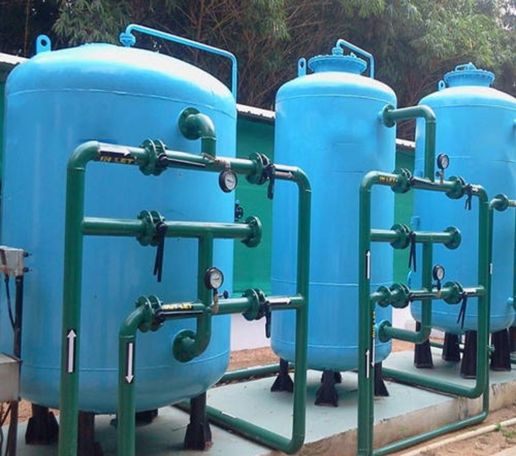
A Demineralised DM Plant removes metal ions from water. Natural water contains ions called anions, such as chloride and sulphate, and cations, including iron, calcium, sodium, and copper. A DM plant is beneficial for many reasons, including preventing the oxidation of metals and the formation of scale on metal surfaces. The process involves a series of processes that eliminates ions.
DM plants are typically designed to remove mineral salts from water. DM plants can remove up to 30 ppm TDS at the outlet depending on the raw water TDS. The plant can also remove organic materials, such as sediments. A DM plant will reduce the overall cost of products produced by industrial manufacturing units. In addition to producing water of higher quality, a DM plant also lowers the cost of the finished product.
How Demineralised DM Plant Work?
The process uses resins, which are composed of plastic beads that are negatively charged. The resins then attract opposite-charged ions. These counterions are then released, resulting in demineralized water production. Once the process has finished, the water is ready for use. It is important to note that the water produced by a DM plant is usually 30 parts per million TDS.
A typical demineralisation plant consists of two polyethylene filter tanks connected with a PVC pipe system. The demineralisation process begins by passing raw water, called fluent, through a cation resin bed. The Cation resin bed contains SAC resin in H form. As the raw water passes through the cation resin bed, the salts in the water are converted to their respective acids.
A typical demineralisation plant consists of two polyethylene filter tanks connected with a PVC pipe system. The demineralisation process begins by passing raw water, called fluent, through a cation resin bed. The Cation resin bed contains SAC resin in H form. As the raw water passes through the cation resin bed, the salts in the water are converted to their respective acids.

